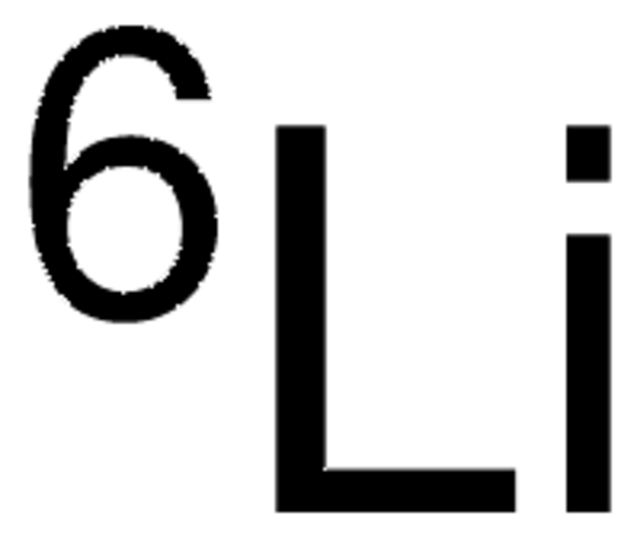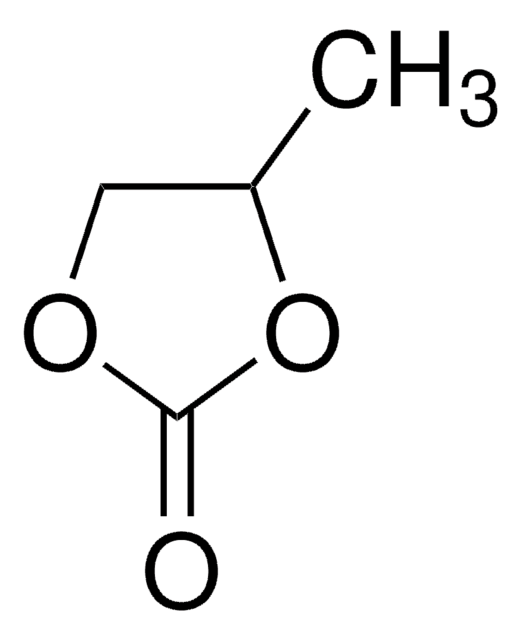About This Item
Recommended Products
grade
purum
Quality Level
Assay
≥98.5%
form
crystalline
impurities
≤1% Li2CO3
pH
12 (0.4 g/L)
anion traces
chloride (Cl-): ≤500 mg/kg
sulfate (SO42-): ≤500 mg/kg
cation traces
Ca: ≤500 mg/kg
Fe: ≤10 mg/kg
K: ≤200 mg/kg
Na: ≤200 mg/kg
SMILES string
[Li+].O.[OH-]
InChI
1S/Li.2H2O/h;2*1H2/q+1;;/p-1
InChI key
GLXDVVHUTZTUQK-UHFFFAOYSA-M
Looking for similar products? Visit Product Comparison Guide
General description
Application
Signal Word
Danger
Hazard Statements
Precautionary Statements
Hazard Classifications
Acute Tox. 4 Oral - Eye Dam. 1 - Skin Corr. 1B
Storage Class Code
8B - Non-combustible corrosive hazardous materials
WGK
WGK 1
Flash Point(F)
Not applicable
Flash Point(C)
Not applicable
Regulatory Listings
Regulatory Listings are mainly provided for chemical products. Only limited information can be provided here for non-chemical products. No entry means none of the components are listed. It is the user’s obligation to ensure the safe and legal use of the product.
PDSCL
Deleterious substance
ISHL Notified Names
Substances Subject to be Notified Names
JAN Code
13020-VAR:
13020-6X500G:
13020-100G:
13020-6X100G:
13020S-25KG:
13020-500G:
13020-100KG:
13020-BULK:
13020-1KG:
13020-6X1KG:
Choose from one of the most recent versions:
Certificates of Analysis (COA)
Sorry, we don't have COAs for this product available online at this time.
If you need assistance, please contact Customer Support.
Already Own This Product?
Find documentation for the products that you have recently purchased in the Document Library.
Our team of scientists has experience in all areas of research including Life Science, Material Science, Chemical Synthesis, Chromatography, Analytical and many others.
Contact Technical Service







